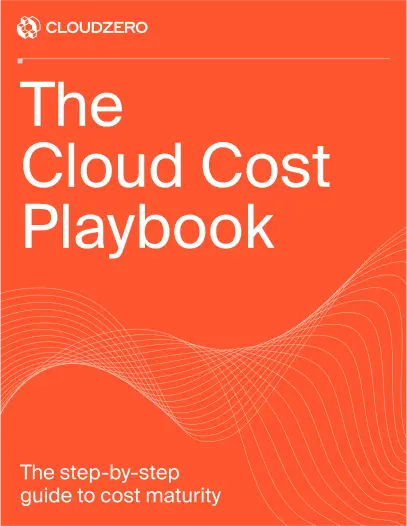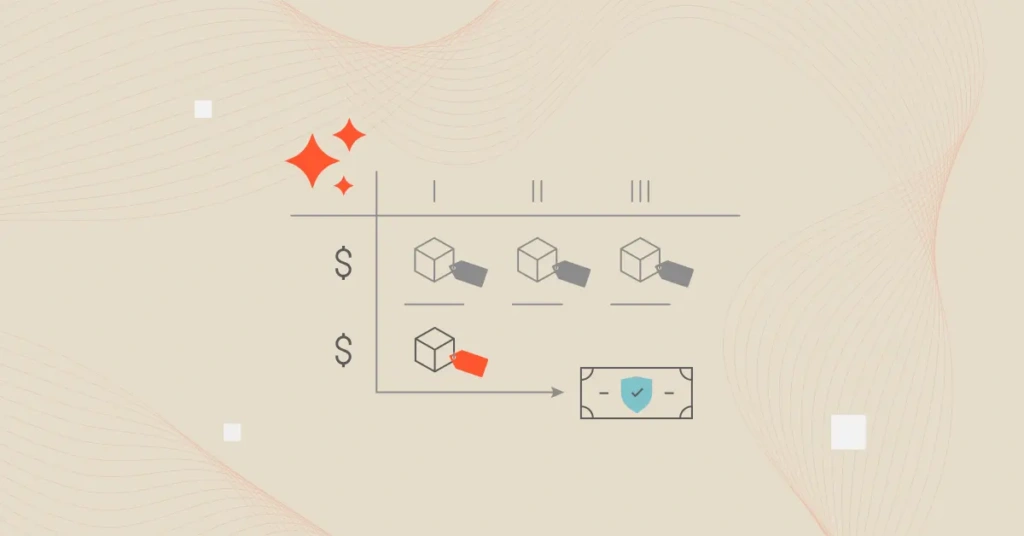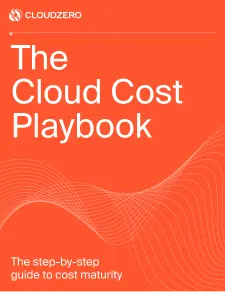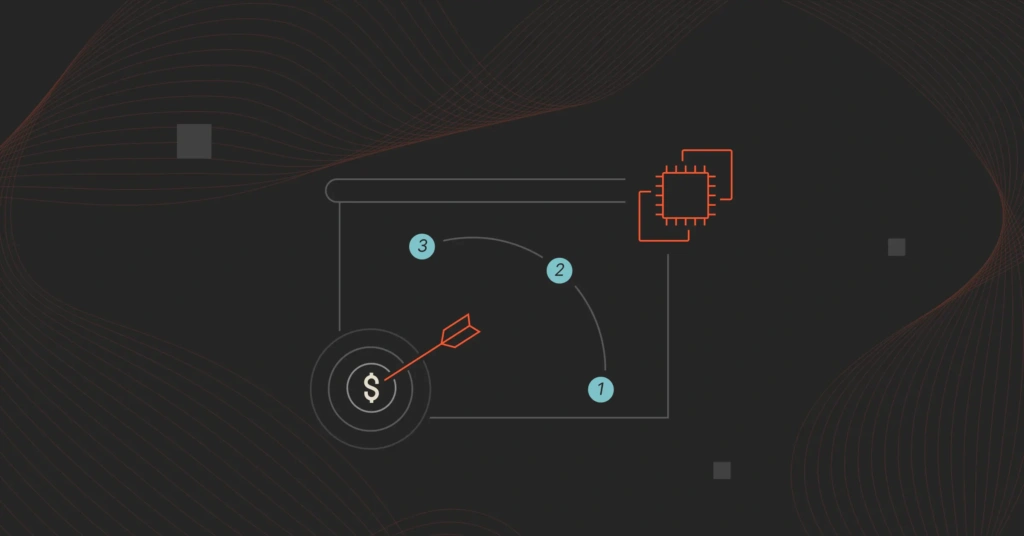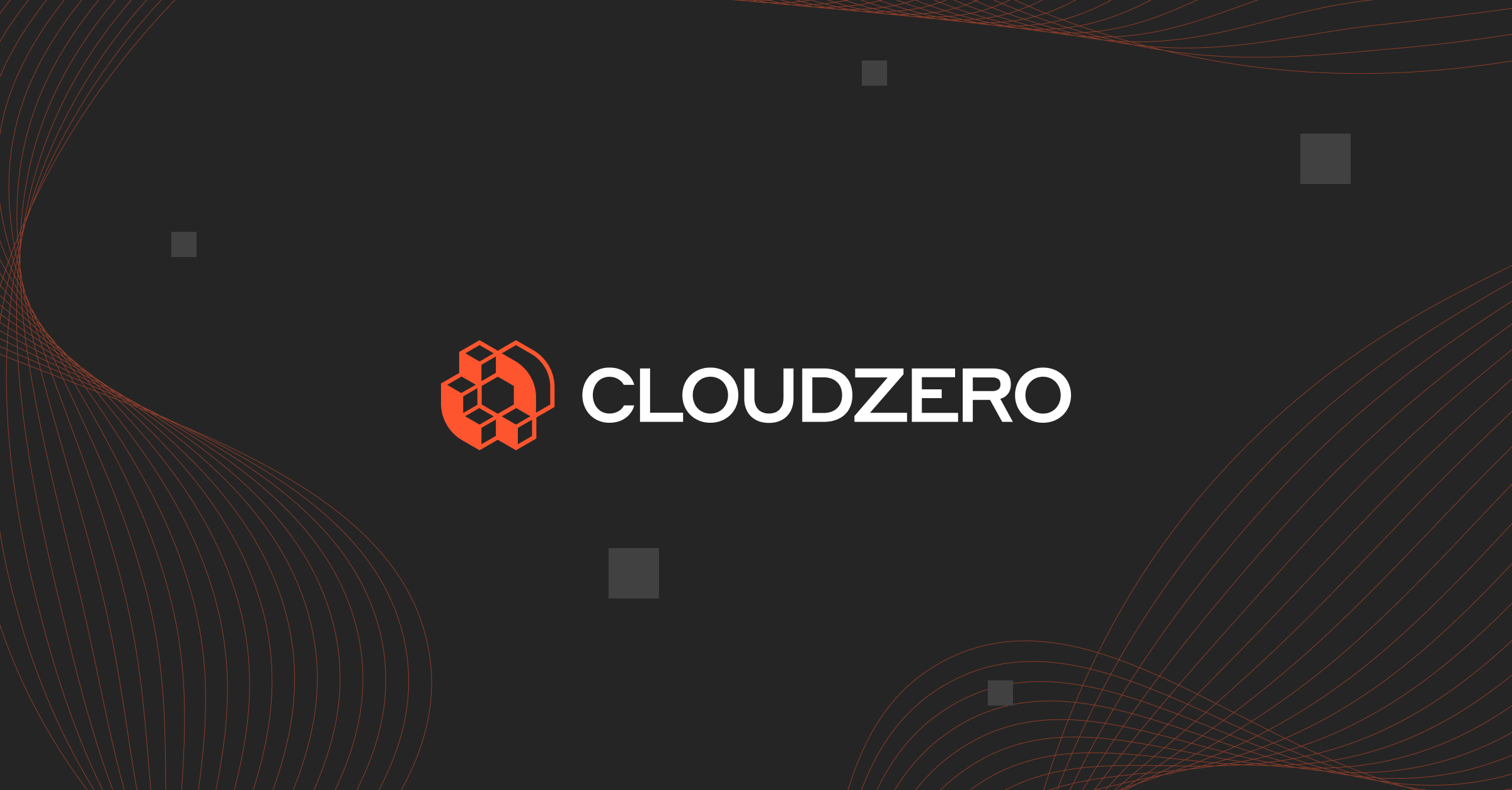If you’re operating a SaaS company these days, chances are you’ve got at least some AI features already on the market and others in the pipeline.
That also means you’ve likely encountered one of the top problems with AI in today’s market: It can be prohibitively expensive — to the point where you gamble with actually losing money rather than making a profit with the release of a new AI feature.
Our Director of Research at CloudZero, Jeremy Daly, sees companies dealing with this problem all too frequently. Thankfully, his experience with the issue means he has also seen how some companies are able to successfully build and price AI models without losing money.
If your organization is running up against the same wall, read on. Jeremy was happy to provide some great advice about how to keep your AI features profitable even in today’s circumstances, where AI can be vastly more expensive than you expect it to be.
How To Price AI Features To Actually Make A Profit
Here’s the problem with AI costs, for both companies and consumers.
Tons of companies are building and releasing AI features these days. But the costs of running AI applications can skyrocket quickly, and companies then have to raise prices significantly to make back the costs associated with releasing new AI tools.
However, not every customer gets value from the AI services these companies are adding, which makes it unfair if they have to pay extra for them. Some people just want to take notes, for example, and they don’t need the capability to instantly translate those notes into 90+ languages. This means it can be a huge turnoff when customers suddenly have to pay more for a tool just because it now has AI enabled.
Jeremy has seen this situation play out numerous times recently, even in mega-corporations. “As part of Microsoft’s 365 subscription service, they now include AI Copilot tools. But they had to increase the price of the subscription to cover those AI features, even though the vast majority of their own users weren’t even using the AI features at all.”
On the other side of the coin, some people use AI so heavily that even charging high prices can’t help companies make up for the huge costs. “Companies like ChatGPT, even charging $200 per month for the Pro plan, are still losing money because people are using it more than they thought they would.”
It’s increasingly tough to find a happy medium where your company can make money from AI without turning away customers due to a massive cost increase.
So, how can you make sure any AI feature you release generates a positive return?
The key is to price and package your AI features effectively. But if it were that simple, everyone would be doing it.
Instead, we see so many examples of companies either losing money or raising prices across the board — and aggravating some customers who now have to pay more for a tool when they don’t get much value from the AI features that are driving up prices in the first place.
Before you can arrive at the optimal price point — one that provides value to your customer and still generates a profit — you’ll first need a thorough understanding of your costs.
Jeremy recommends doing three things before you adjust any of your feature prices:
1. Determine how much you spend to deliver results to every customer.
Figure out your costs to deliver AI to each individual customer (NOT just how much you spend per customer on average). This can help you identify power users and, on the other end of the spectrum, the customers who don’t use your AI tools at all.
2. Get as granular as possible with your unit economics.
Jeremy says, “You want to know how much it costs to provide a specific feature and how those costs would change if you tweaked a certain variable.” This means you’ll need a clear picture of how much you spend on each and every resource that supports your AI tools.
3. Decide how and to whom your AI features add value.
If the goal is to make back your investment without charging more across the board, you’ll need to figure out which customers do use your AI features heavily. These are the customers who, with some creative pricing practices, can help you financially support those tools.
If drilling down into these specifics seems intimidating, don’t worry. You can accomplish this granular level of cost visibility easily with a cost management tool like CloudZero.
If you find that your AI features are indeed costing your company money, you have a few options.
Repackage your features into service tiers.
“If you figure that it’s going to take an extra $100 per month per user to cover all these AI features, assuming everybody uses it the exact same way (which they won’t), you can safely assume some users won’t want to pay that. Some users simply don’t get value out of those features,” Jeremy says.
That means your price increase will likely turn some customers away.
“Instead, you can tier those features. Say, ‘Look, we’ll give you these baseline capabilities at the normal price level. If you want to add in some premium AI features, that’s going to cost extra.”
That leaves the decision in your customers’ hands whether they want to continue using your service as-is or contribute to the ongoing development of AI features by paying a higher price.
Consider metered pricing.
Some AI features cost exponentially more the more users you have or the more actions they perform. That means a feature that’s cost-effective when it’s only used once in a while could become a huge financial drain when a power user comes along.
“If it costs you exponentially more if somebody really takes advantage of the feature,” Jeremy says, “think about adding metered pricing into your model. That way, you can cap usage at a certain point and say, ‘I’m going to have to charge you more if you go beyond this cap.’”
Metered pricing can be very successful when used for high-value features. Tools like Claude Code and Lovable.dev, for example, provide so much value that users have no problem feeding the meter to keep using them beyond the capped limit.
Renegotiate contracts with heavy AI users.
Some business owners, after diving into their unit economics, are shocked to discover that a small handful of customers can often be responsible for the vast majority of costs. Maybe you have just one or two heavy users, and the rest of your customers don’t contribute to costs significantly.
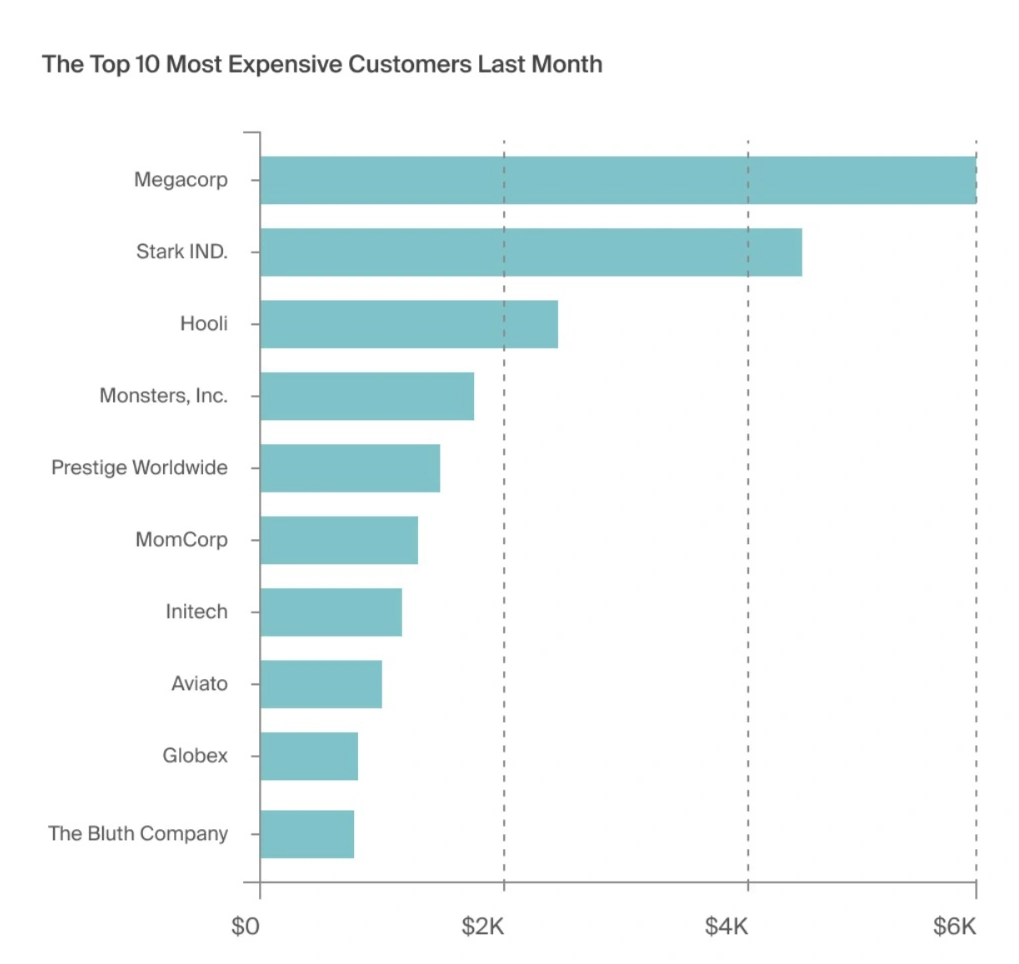
In these cases, you might want to negotiate contracts with these power users directly so pricing can remain unchanged for the majority of your customers. You can use your unit economics data to show them the costs you’re incurring due to their usage and work together to come up with a custom pricing model that keeps everyone happy.
Continually monitor your costs in real time to make sure your feature releases go as planned.
“One of 2025’s buzzwords is AI agents, or agentic workflows,” Jeremy explains.
“Essentially, it’s an autonomous tool that can interact with the AI and perform complex actions for you. One example everyone uses is that you could ask your AI agent to book an airline ticket to Florida and find you a hotel and a car for five days. And — in theory — the agent would magically go look up all the best options, put in your credit card info, and give you the itinerary information. But given current benchmarks, we appear to still be a long way off from that.”
“In reality,” he continues, “we use a lot of simpler agents. Things like, ‘Look at this PDF and extract some data, loop through a few things, look up and verify some items, and fact-check the footnotes.’
“The problem is that agents are recursive; they have the ability to continue issuing commands to the LLM, to keep burning and burning and burning through resources—and money. That can get expensive very quickly. When the AI starts reasoning for itself and making decisions about additional work it needs to do, it can be really very hard to track those costs.”
Using a platform like CloudZero, you’ll be able to see how much each workflow is going to cost you.
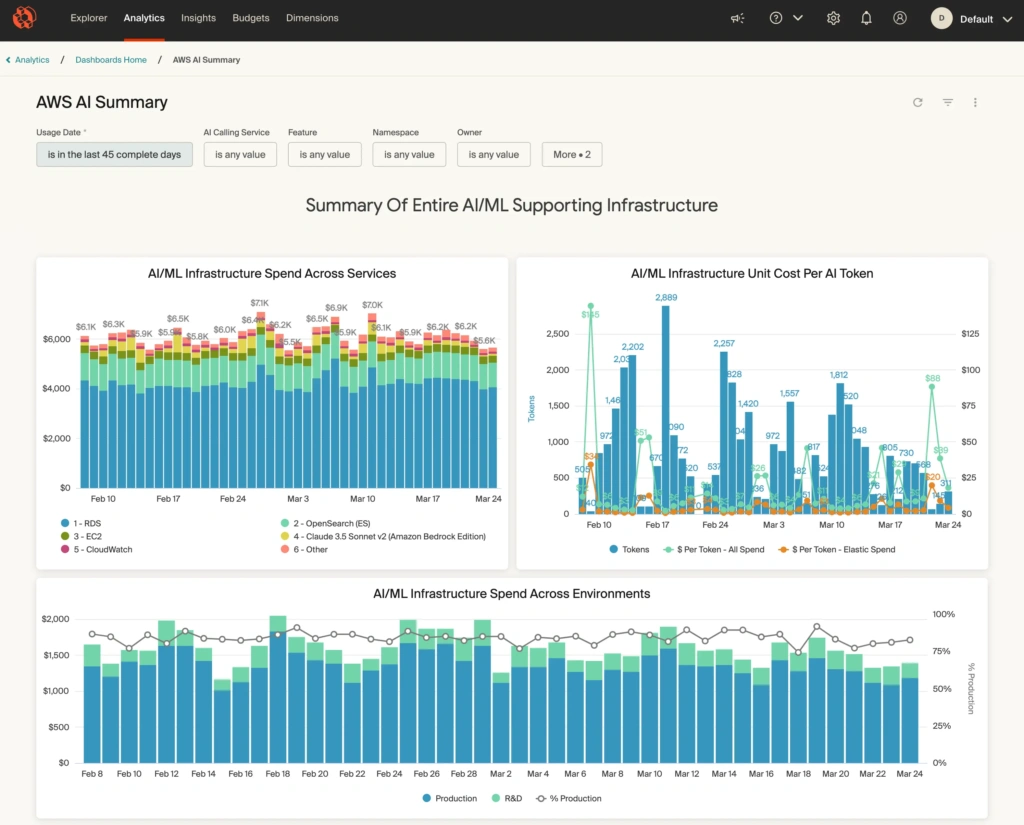
“You can see the variable nature of it, too. Like, this workflow cost 30 cents because it used X LLM to perform Y number of calls, but this one cost seven dollars because it used a different LLM or performed different actions.”
So, the answer is not to avoid all agentic workflow development and fall behind the AI curve. The solution is to use a cost management tool that allows you to allocate costs for every action performed.
When you can keep an eye on your costs climbing in real time, you can intervene before your AI features incur huge fees unexpectedly. You’ll also get an early heads-up if a feature racks up extra costs, so you’ll know if you need to adjust your pricing, restructure your tiers, or negotiate a more profitable contract with one or a handful of heavy power users.
CloudZero Gives You The Data You Need To Keep Your AI Features Profitable
In summary, the answer to your AI cost woes is visibility.
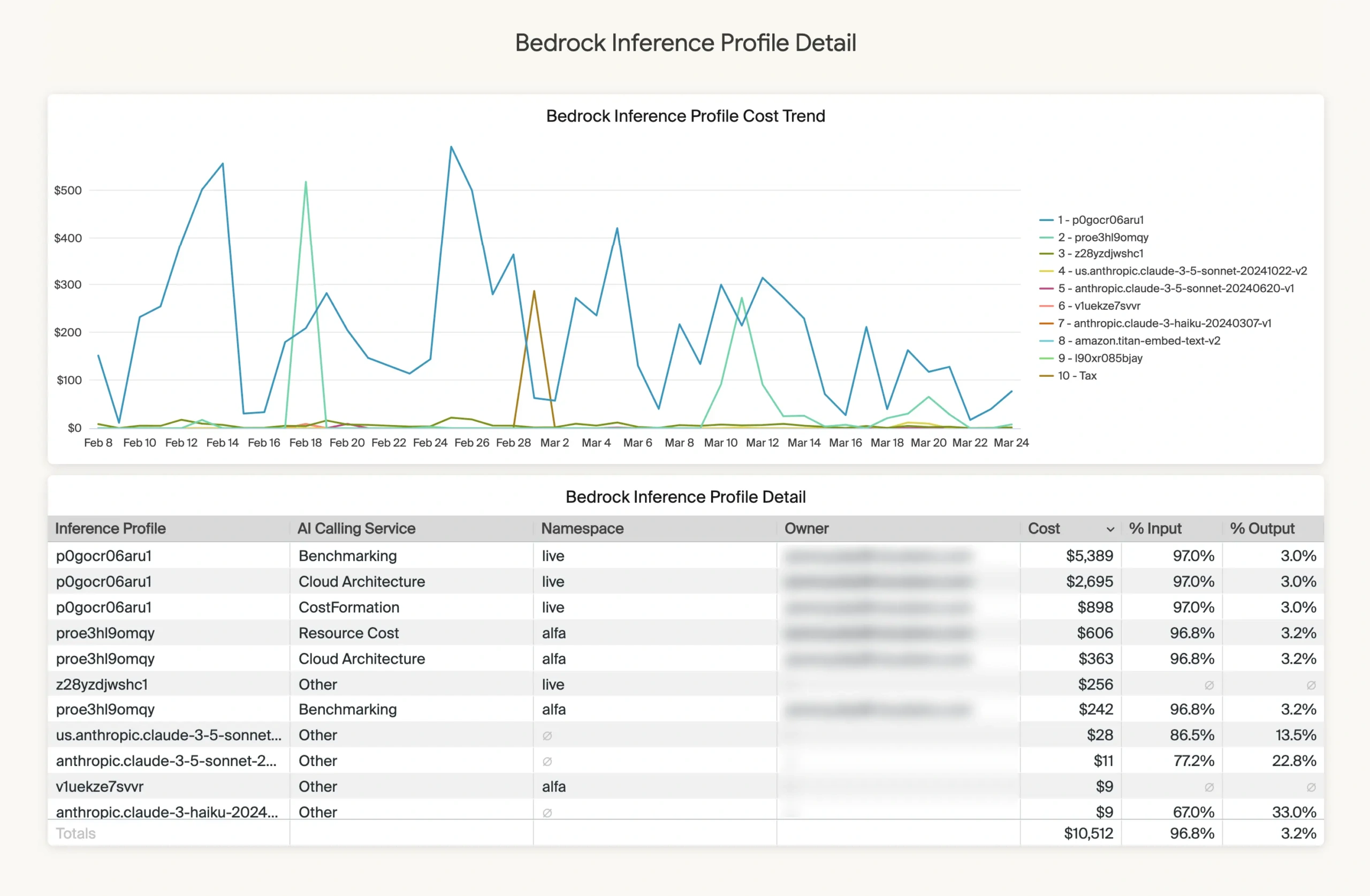
When you can allocate costs associated with every task and see where every dollar goes, you can make smarter decisions regarding your AI features — whether that means raising prices, changing up your service tiers, or charging more to customers who go beyond a certain usage cap.
CloudZero lets you accomplish all of that practically, affordably, and almost effortlessly.
Just connect CloudZero to your AI and cloud accounts and watch the valuable cost data flood in. Once you have that data, you’re in control of your prices — and, ultimately, your margins.
